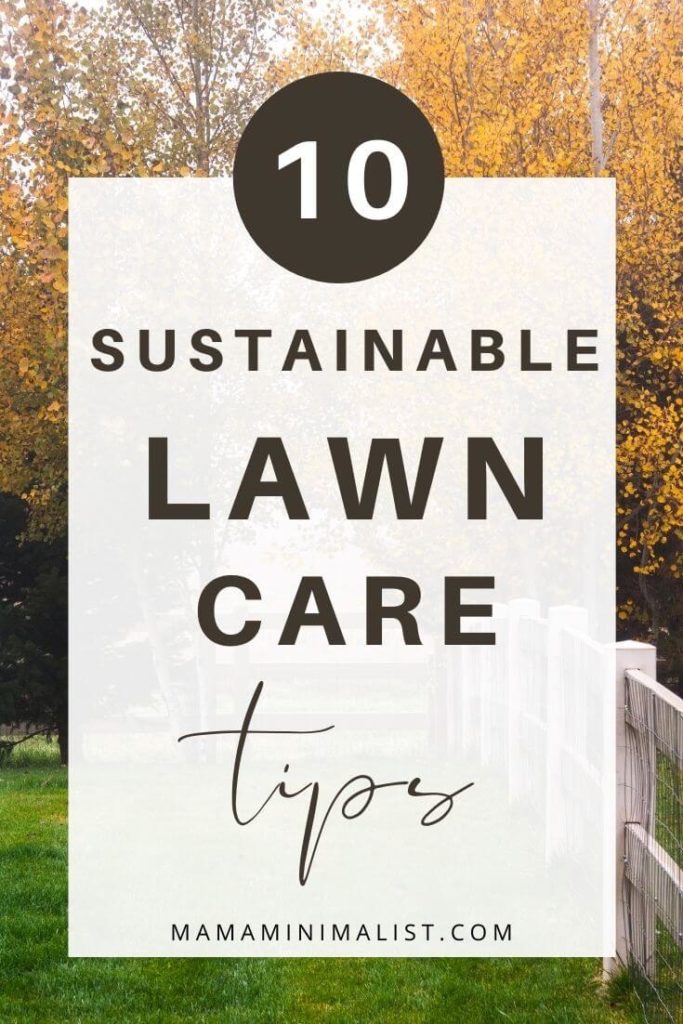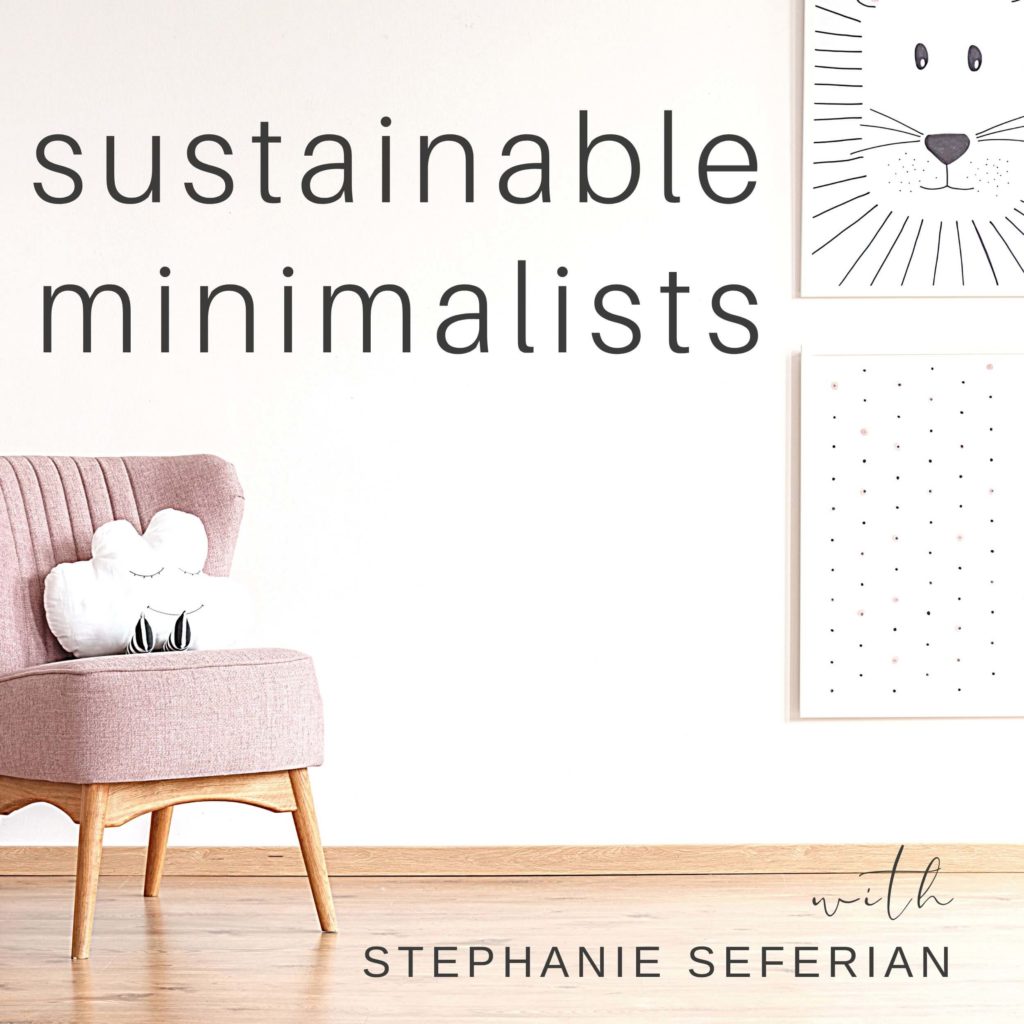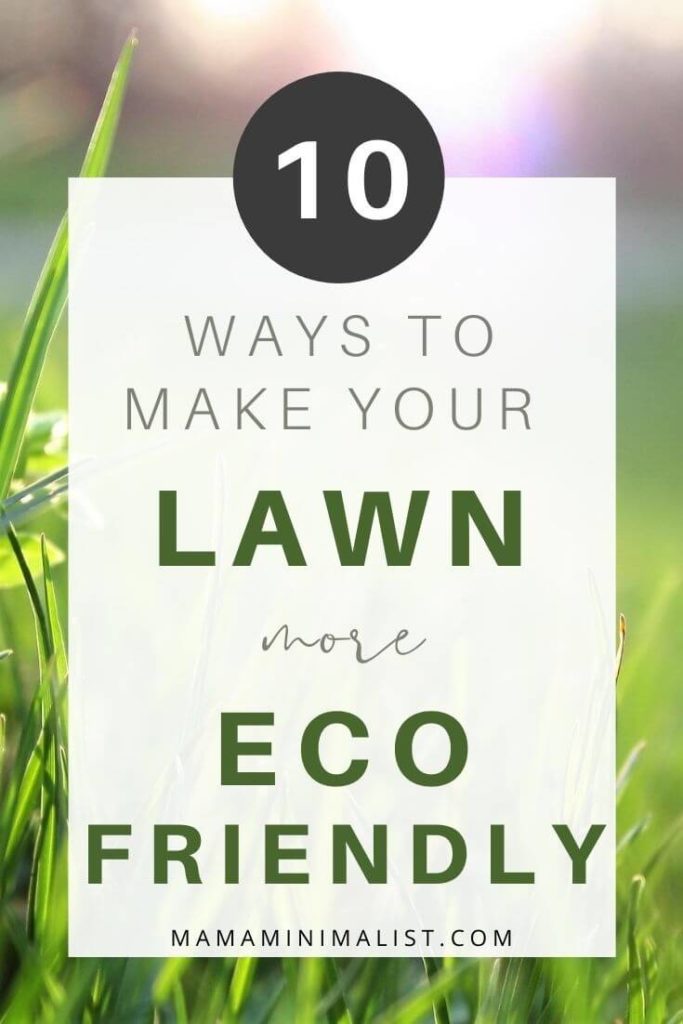10 Sustainable Lawn Care Tips
10 Sustainable Lawn Care Tips
Americans, we are obsessed with our yards. We spend excessive time, effort, and money on lawn care, despite the fact that there are other things we would likely want to spend our money on and other things we’d like to do with our free time.
In a perfect world, your grass is vibrant and green. There are no weeds, and certainly no dandelions. Your grass is lush, neatly edged, and perfectly cut to an inch and a half tall.
But in order to achieve this idyllic lawn, you must be willing to shell out the money to have it mowed, repaired, cultivated, and reseeded. You also must be willing to water it, sometimes daily.
But what are the environmental implications of excessive lawn care? In this article, find 10 tips to make your backyard more eco-friendly for yourself, your kids, and the species that call your yard home.
Lawn Care as a Status Symbol
You lawn coveys your ideals.
First, it says something about your level of success: If you have a well-maintained lawn you’re telling others that you have the money or the time to maintain it.
A well-maintained lawn says other things about you too, including a ballpark number onto your home’s value as well as whether or not you’re a good neighbor.
Do you maintain your lawn to uphold the aesthetics of your neighborhood, or not?
You can find The Sustainable Minimalists podcast wherever you listen to podcasts.
Apple Podcasts | Google Podcasts | Spotify | Stitcher
4 Environmental Implications and Lawn Care
There are environmental considerations at play when we discuss lawn care, including the following:
1. Water requirements:
Your lawn has hefty water needs that deplete freshwater reserves unnecessarily. Appropriate lawn care gives lawns 1 inch of water per week, or .6 gallons of water per square foot.
There are also financial costs to such frequent watering. A 100 by 100 foot yard at 2.00$ per 1ooo gallons of water plus $4 per 1000 gallons of sewer easily adds up to over $150 per month.
Use this lawn irrigation costs calculator to determine exactly how much you are spending on watering your lawn.
2. Fertilizer implications:
Chemical fertilizers pollute the water table, rivers, air and soil. With regular use, the soil is damaged and kills microbes.
3. Pesticides and pollinators:
Bees are the lifeblood for our existence. Their pollination allows our plants and food crops to reproduce. Without them we are in trouble.
It’s impossible to know how fast the bees are dying, but they are definitely dying. Greenpeace U.S.A. estimates that among crops that require bee pollination, the number of bee colonies per hectare has declined by 90 percent since 1962.
There are a lot of factors that are contributing to bee colony collapse including viruses, mites, climate change, and fungus. But insecticides certainly aren’t helping the problem.
When we spray pesticides on our plants to keep the bugs off and a bee comes over and crawls on the plant’s flowers, it can kill the bee right then and there, or the bee can come into contact with the insecticide, carry it back to the hive, and can potentially cause widespread colony death.
4. Pollution:
Gasoline-powered lawn and garden equipment are a source of high levels of localized emissions that includes hazardous air pollutants and carbon dioxide (CO2) which makes them serious polluters.
There is also noise pollution from lawn mowers, weed wackers, and more. Lawn mowers reach 90 decibels and can harm our ears.
Noise pollution impacts wildlife, too. Studies have shown that loud noises cause caterpillars’ hearts to beat faster and bluebirds to have fewer chicks.
10 Eco-friendly Lawn Care Tips
– Water plants by hand instead of using an irrigation system, as irrigation systems waste excess water.
Alternately, invest in a smart irrigation system. New school irrigation controllers are smart in that they monitor weather, soil conditions, evaporation, and plant water use to automatically adjust your watering schedule to actual conditions of your yard.
– Use a broom to clean your patio and driveway instead of a water hose.
– Water your garden’s plants in the early morning or evening so the water doesn’t evaporate in the heat caused by the sun. Water between 6 and 10 a.m., when the air is cool. Watering in late afternoon is the next best option.
– Use your compost! Compost reduces dependency on chemical fertilizers and improves drainage, water retention, and soil texture. Learn everything you need to know about successful composting here.
– Embrace native plants. Native plants are accustomed to their area’s growing conditions, so they are a smart low-maintenance option. Once established, they generally require less water and have fewer pests and diseases
– When mowing, leave the grass higher and mow more frequently. Your lawn will retain more water and be healthier.
– Leave your grass clippings on the lawn. Grass clippings are rich in nitrogen and will keep your lawn moist and healthy.
Alternately, put grass clippings in your compost bin.
– Consider a grass alternative.
Ground cover requires little mowing, no additional watering, and no pesticides.
For shady areas, moss makes a beautiful lawn. Moss is green even in the high heat of summer.
Clover is an excellent groundcover for lawns in full sun. It stays green during times of drought, is sweet smelling, feels soft and cushiony underfoot, and helps to prevent soil compaction. Clover is great for bees; it’s great for bunnies, too.
If you’re interested in a non-living grass alternative, consider artificial turf, which is incredibly life like. Converts to artificial turf tell me that you have to inspect it very closely to tell it’s not real grass.
– Reimagine a piece of your lawn.
Take a corner of your lawn and replace it with a bed of pretty native plants. Doing so will reduce the amount of grass to care for.
– In autumn, let leaves lie and cut them into tiny bits with a mulching lawn mower. Doing so will naturally fertilize your lawn.
– Remember the pollinators: Plant a garden that includes plants that flower at different times of the year to provide pollen sources for pollinators throughout the growing season. Whenever possible, choose native plants in a variety of flower colors and shapes.
What are your best tips for maintaining an eco-conscious yard? Offer up your go-to strategies in the comments!
Stay in-the-know!
Sign up for monthly eco-friendly inspiration.





